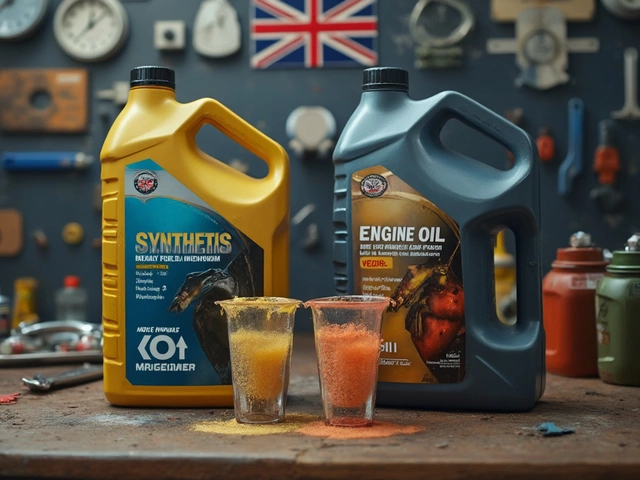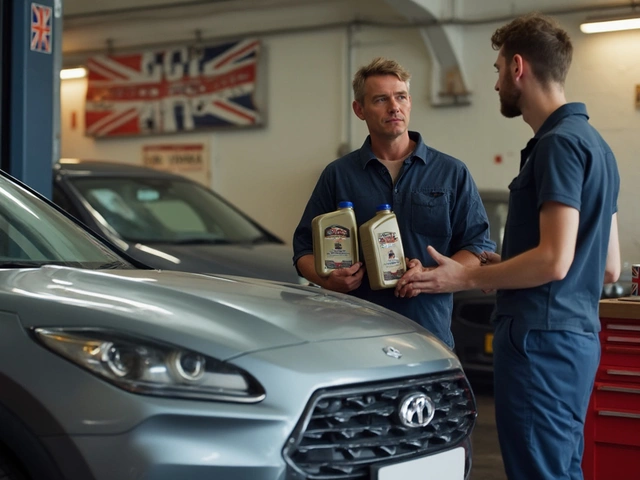Fuel Delivery: Quick Tips to Keep Your Car Running Smoothly
Ever wonder why your engine sputters or stalls out of nowhere? Most of the time it’s a fuel delivery issue. The fuel pump, fuel filter, and injectors all work together to get the right amount of petrol to the engine. When one part slips, you feel it right away – loss of power, rough idle, or a hard start. Below you’ll find plain‑spoken steps to spot the problem, test the pump, and clean a clogged injector, so you can get back on the road without a costly repair.
How to Test Your Fuel Pump
First, listen for the pump. When you turn the key to the “on” position (don’t start the engine), you should hear a faint whirring sound from the rear of the car for about two seconds. No sound? That could mean a dead pump or a blown fuse.
Next, check fuel pressure. You’ll need a cheap fuel pressure gauge – these are sold at any auto parts store. Locate the test port on the fuel rail (your car’s manual will point you to it), connect the gauge, and crank the engine for a few seconds. Most petrol engines need 35–45 psi; diesel engines run higher. If the reading is low, the pump is likely weak or the filter is clogged.
Finally, look for leaks. A wet spot under the car, especially near the fuel tank or lines, is a red flag. Tighten any loose fittings, but if fuel is spraying, stop and call a professional.
Spotting and Fixing Clogged Fuel Injectors
Injectors spray a fine mist of fuel into each cylinder. When they get dirty, the spray becomes uneven, causing misfires and poor fuel economy. A quick symptom check can save you a visit to the garage: rough idle, a noticeable drop in power when you accelerate, or a check‑engine light that mentions “injector” or “misfire”.
One easy DIY test is the “click test”. With the engine running, use a screwdriver to gently tap each injector while listening for a louder clicking sound. A muted click often means the injector is stuck.
If you suspect a clog, try an injector cleaning spray. Add it to a half‑filled fuel tank, drive for 30‑40 minutes, then fill up with fresh fuel. This can dissolve light deposits. For stubborn build‑up, a professional cleaning with a pressurized solvent is the way to go. Northwich Tyres Centre can hook you up with a quick injector service – they’ll remove, clean, and test each injector for a few pounds.
Remember to change your fuel filter regularly. A dirty filter starves both the pump and the injectors, shortening their life. Most manufacturers recommend replacement every 30,000 ‑ 45,000 miles, but if you fill up at stations with lower‑quality fuel, do it sooner.
In a pinch, you can also check the fuel pump relay. It’s a small box in the fuse panel; swap it with another identical relay (like the horn relay) and see if the engine behaves differently. If the car runs better with the swapped relay, replace the original one.
When in doubt, bring the car to a trusted shop. A proper fuel pressure test, injector flow test, and scan for fault codes will pinpoint the issue fast. At Northwich Tyres Centre they have the tools to run these checks and can advise whether a pump rebuild, injector replacement, or just a filter change will solve the problem.
Keeping your fuel delivery system healthy is mostly about regular maintenance: replace the filter on schedule, use good‑quality fuel, and don’t ignore early warning signs. A few minutes of checking can save you hundreds in repairs and keep your engine running smooth for miles to come.
 17 June 2025
17 June 2025
How Do I Know I Need a New Fuel Pump? Clear Signs and Real Fixes
Wondering if your car's fuel pump is calling it quits? This article breaks down the clearest signs that point to a failing fuel pump, explains how it really works, and shows you what happens if you ignore the warnings. You’ll find practical checks you can do at home and learn when it’s time to call a pro or grab some tools. No confusing jargon or wild guesses. If you want simple, real-world advice before a breakdown somewhere awkward, this is where to start.






0